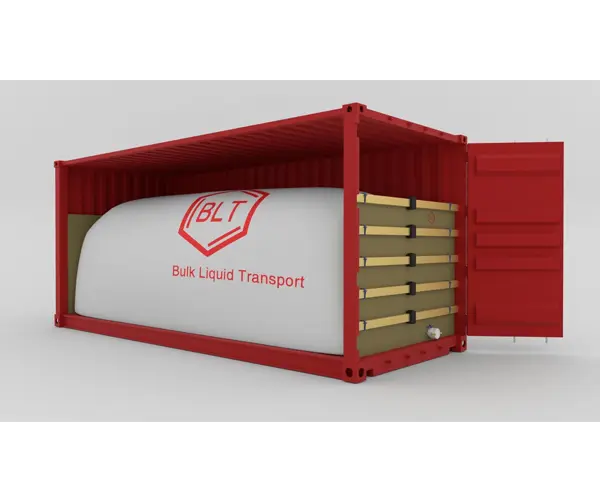Reefer container transport involves a wide range of temperature-sensitive goods, including fresh produce, frozen meat and seafood, dairy products, and pharmaceuticals. A single reefer shipping container can carry cargo worth hundreds of thousands of dollars or more.
Each type of cargo has unique requirements for temperature, humidity, loading configuration, and ventilation. For instance, when transporting frozen or chilled goods, the objective is to maintain the product at its required temperature and circulate cold air around the periphery to prevent temperature fluctuations caused by external environmental conditions. During the shipment of frozen products, the fresh air ventilation ducts must always remain closed. Conversely, for refrigerated live cargo such as fruits and vegetables, the goods should be stowed in a way that allows proper airflow through the cargo space. This airflow helps remove heat, moisture, and gases like carbon dioxide and ethylene emitted by the products. Specific ventilation settings depend on the nature of the cargo being shipped.
It is important to note that reefer shipping containers are designed to maintain temperature, not to cool down warm cargo. Therefore, all cargo should ideally be pre-cooled to the target transport temperature before loading, to preserve product quality.

In most cases, once reefer shipping containers are loaded and sealed, the crew cannot verify the cargo type or condition. Therefore, it is critical for the crew to be fully informed of the cargo transport instructions beforehand. This enables verification of the reefer container's temperature and ventilation settings before the container is loaded onto the vessel.
The crew must check that reefer shipping containers' temperature setting aligns with the shipper's specified transport requirements. It is also important to inspect reefer shipping containers' exterior for any damage and to record and photograph any findings. If physical damage is observed, the shipper must be notified immediately.In cases where the supply or return air temperature is not consistent with the setpoint, confirmation must be obtained from the shipper to ensure that any adjustments made to the temperature setting will not compromise the cargo during transit.
Unlike bulk cargo damage, which may be immediately visible upon discharge, damage to containerized cargo—including dry or reefer cargo—may only become apparent once the container is unpacked at the destination.Continuous monitoring and prompt action during the voyage are essential. These steps can help determine whether a cargo surveyor should be appointed by the carrier to inspect reefer shipping containers upon arrival. The condition of the cargo at the time of unloading can offer crucial insight into the likely cause of any damage sustained during transport.